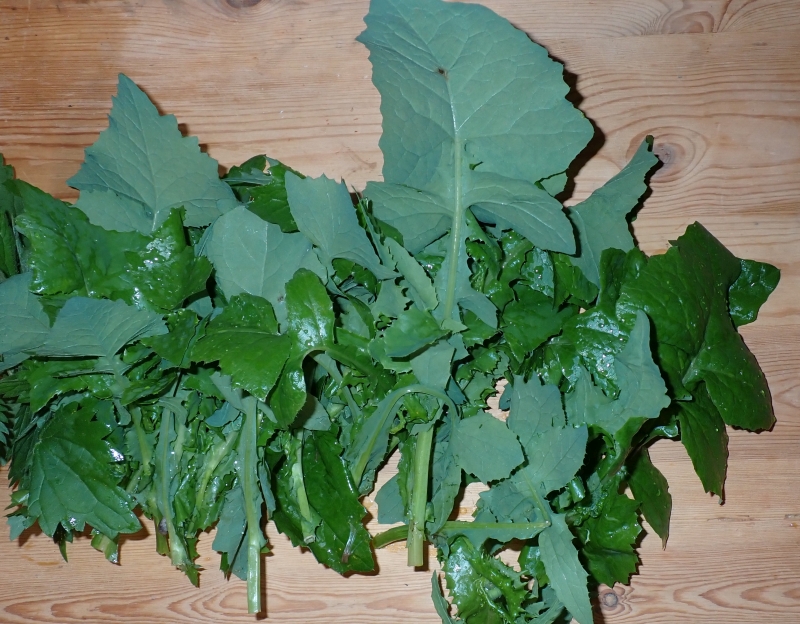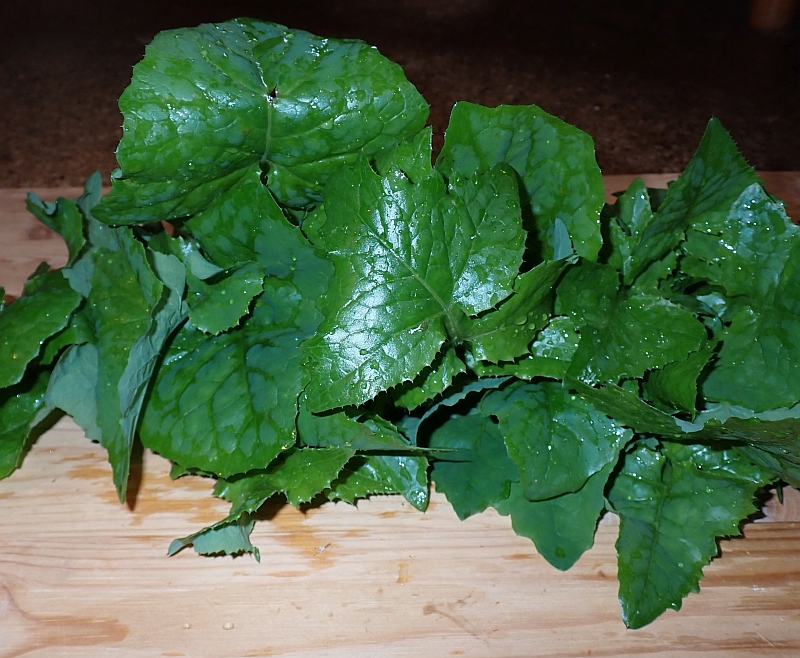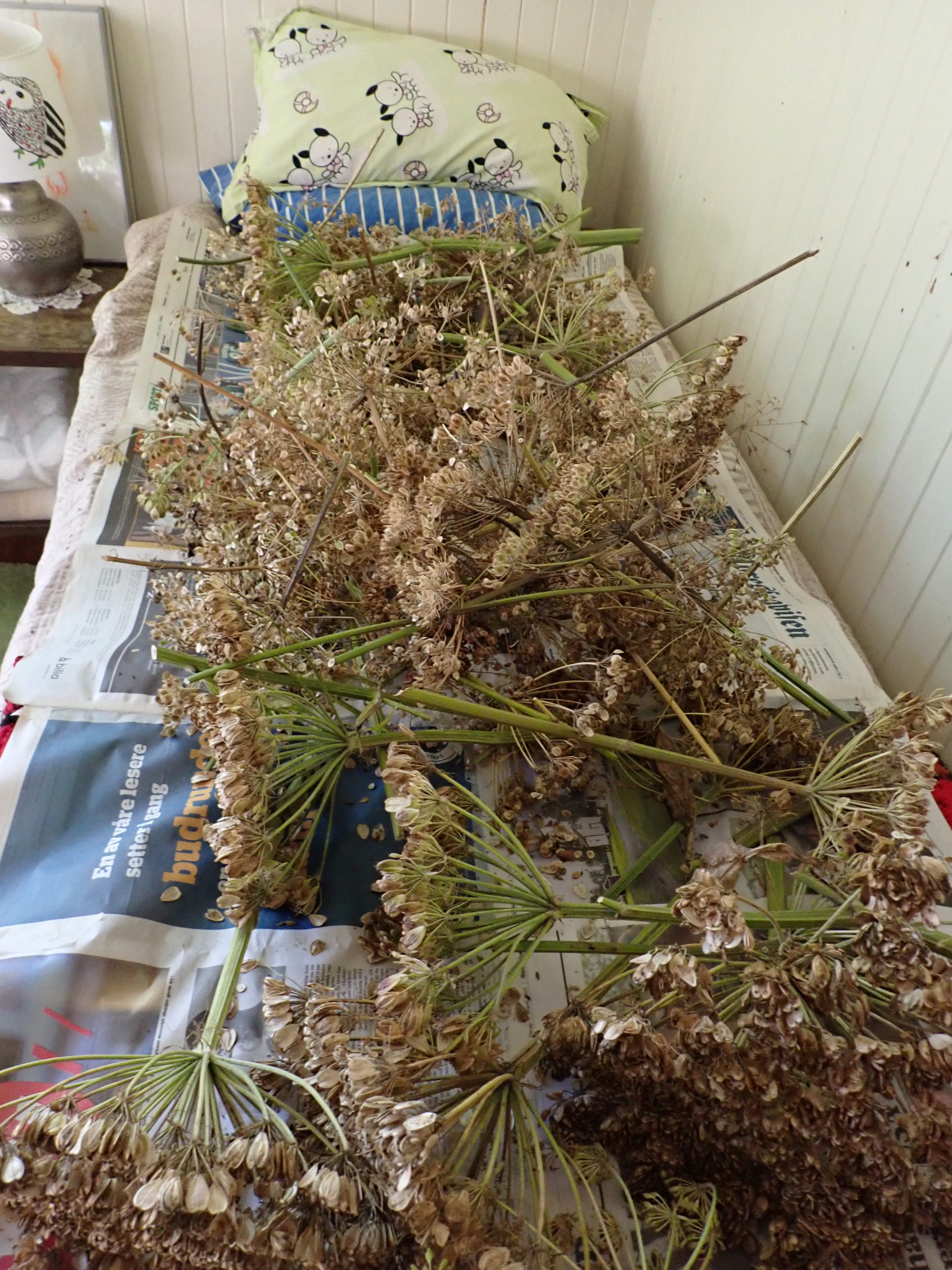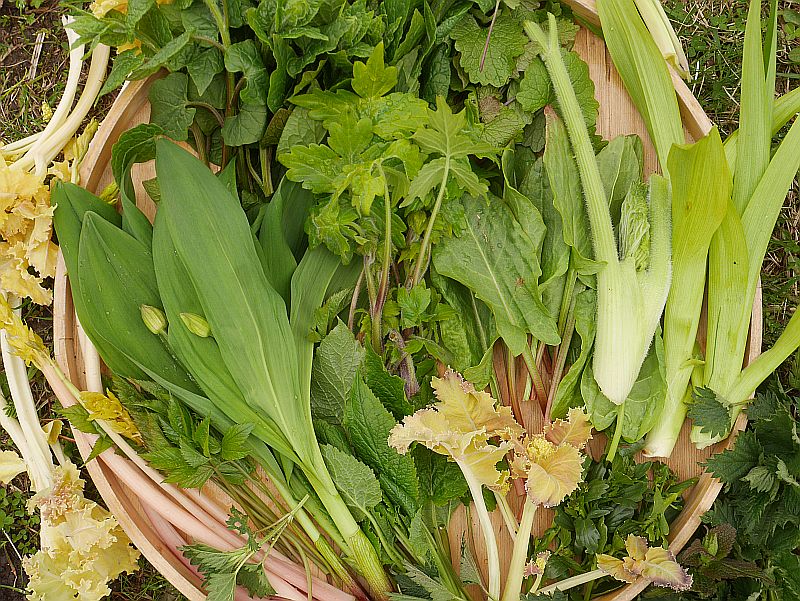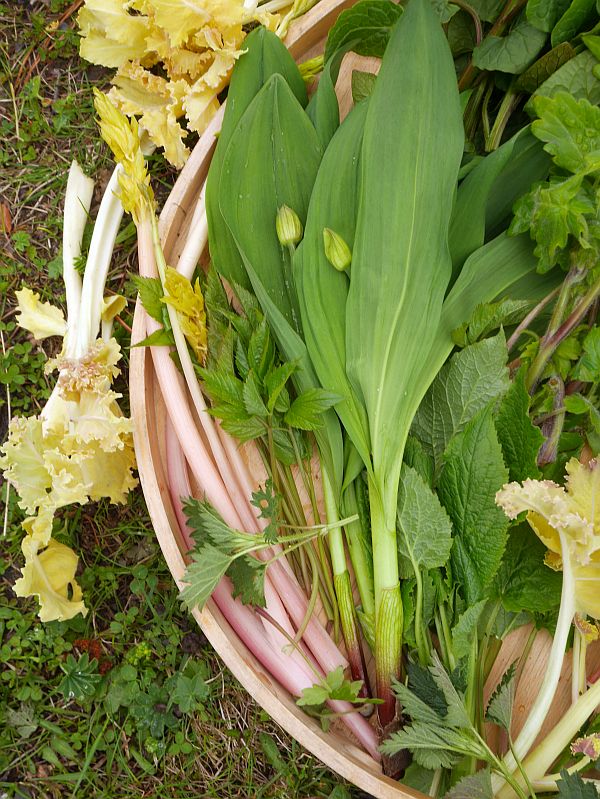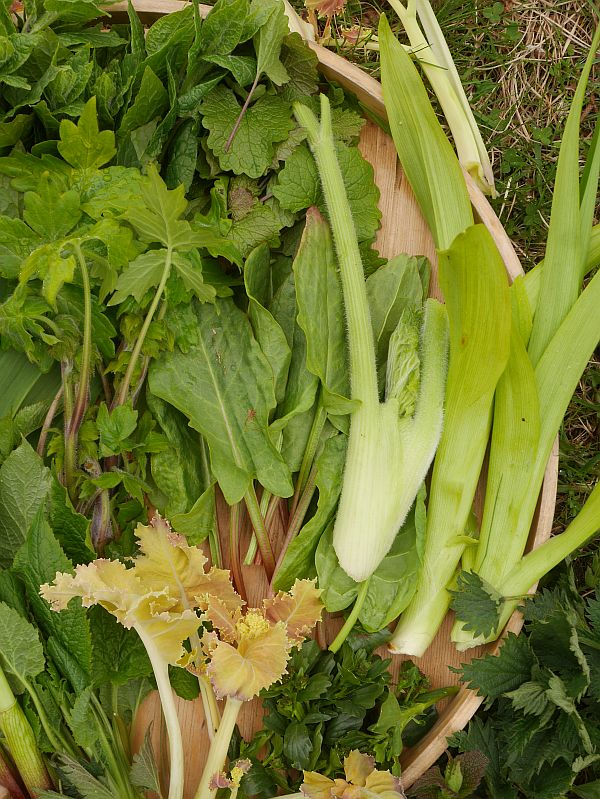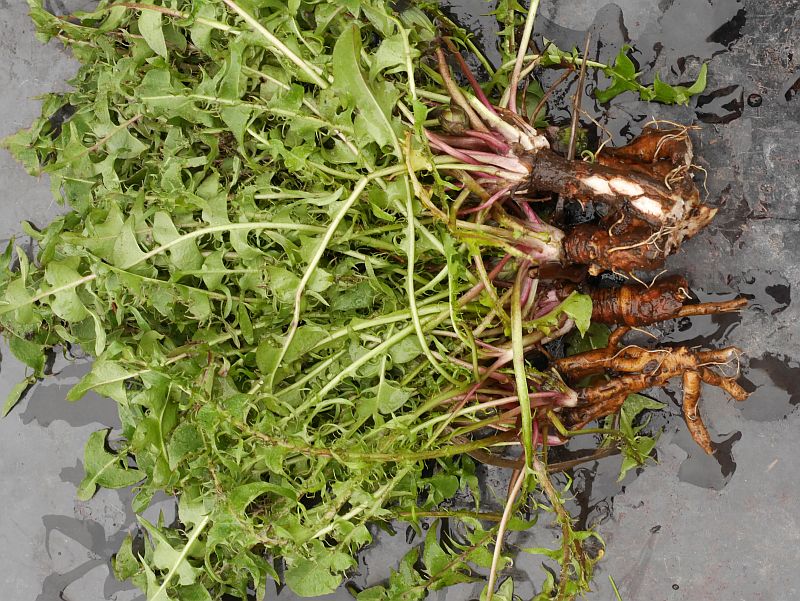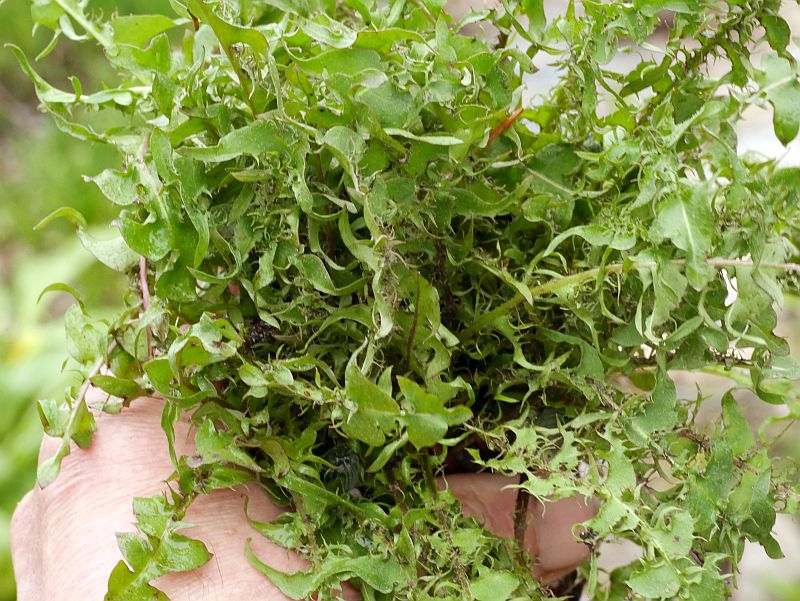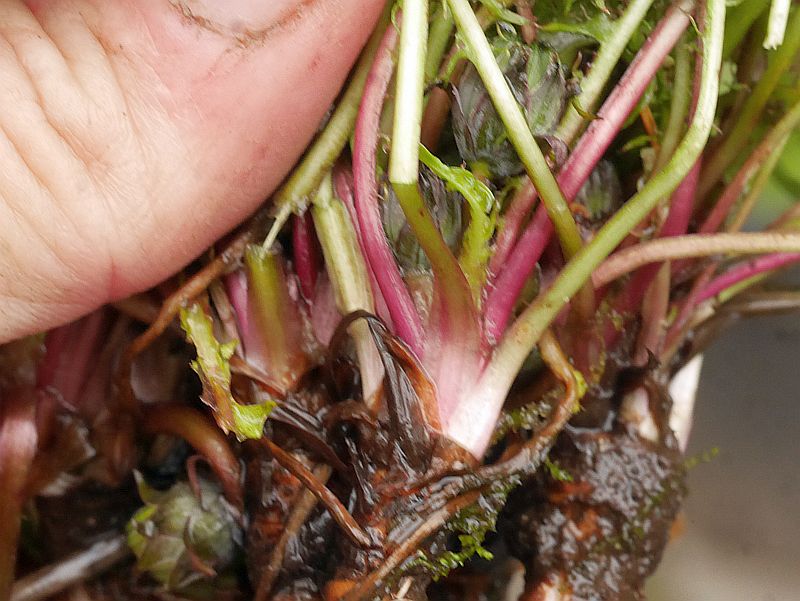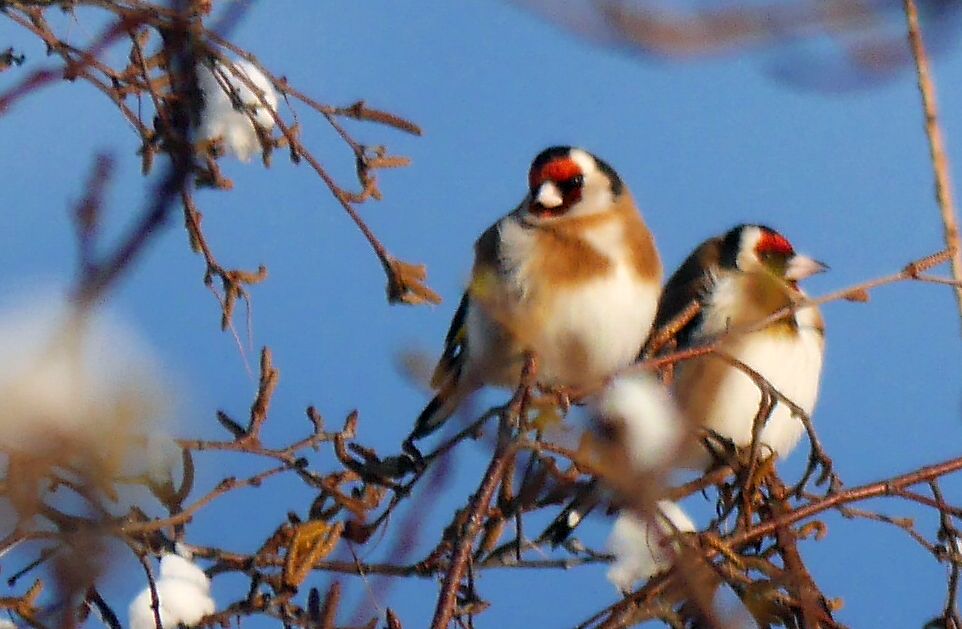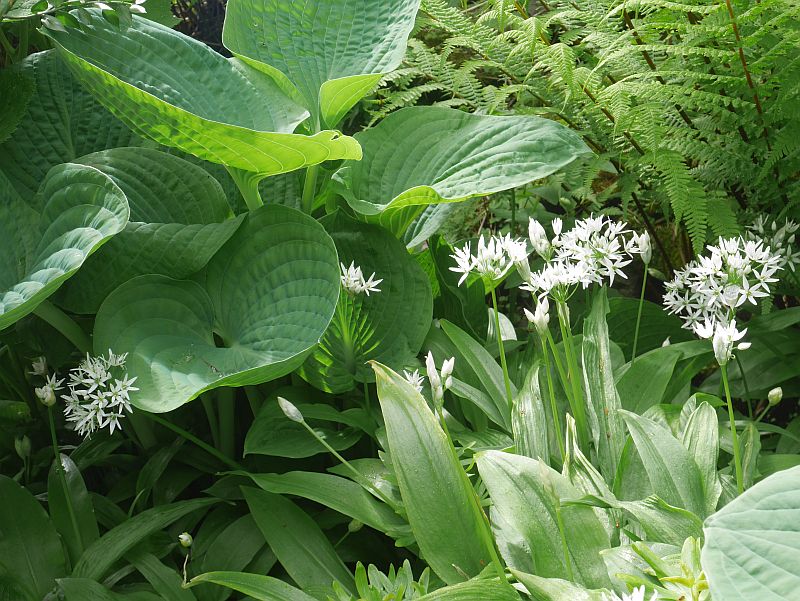The first time my garden was featured in a book was in former Norwegian TV gardener and gardener for the King, Tor Smaaland’s 2004 book “Din drømmehage”. The book was based on Tor’s travels around Norway visiting gardens and their owners. I remember his visit well as he was like a whirlwind almost running around the garden and talking at full throttle…he told me that he was a landscape architect and new little about plants and then he was gone again…so quick was he that I didn’t get a single picture of his visit! Most of the text about the plants was written by me (see pdf at the bottom of this page!).
I loved his amusing description of me and my garden (first in Norwegian below and then translated):
«Hage til å spise opp: Som Norges kanskje eneste moderne ikke-munk har engelskmannen Stephen Barstow brukt de siste tiåra på å anlegge et slags fri klosterhage ved Malvik utenfor Trondheim med noe mellom 1500-3000 planter, avhengig av hvordan vinteren har fart over hagen. Her er 30 av hans favoritter – og ganske uventet bruk av dem» ;)
(Garden to be eaten up: As perhaps Norway’s only modern non-monk, Englishman SB has over the last 10 years created a kind of free style monastery garden in Malvik outside of Trondheim with somewhere between 1,500 and 3,000 plants, dependent on the ravages of the winter. Here are 30 of his favourites and their rather unexpected uses)
You will notice quite a few of the plants that finally ended up in my book and many of which I now call Edimentals; for example: variegated ground elder (variegert skvallerkål), nodding onion (prærieløk), seiersløk (
Allium victorialis), udo (
Aralia cordata), giant bellflower (storklokke), daylilies (dagliljer), Hosta, golden hops (gulhumle), Malva (kattost), ostrich fern (strutseving), Bath asparagus (
Ornithogalum pyrenaicum), bistort (ormrot), rubber dandelion (gummiløvetann), bulrush (dunkjevle) and nettles (nesle).
Download (PDF, 10.2MB)

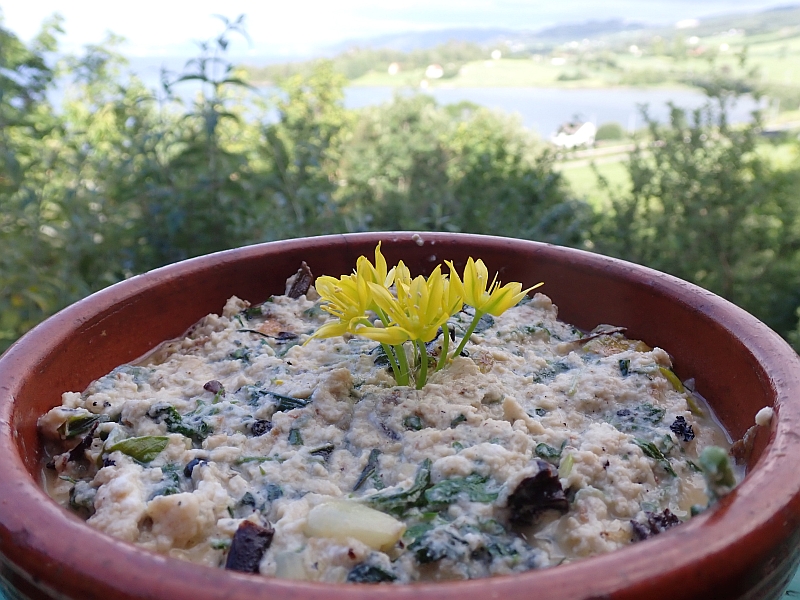





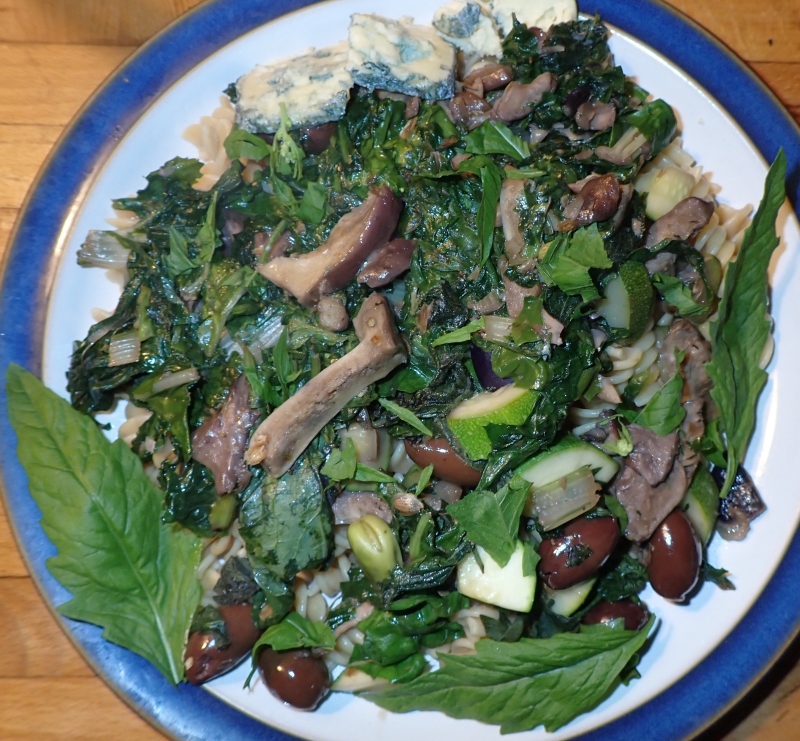

 Broad beans (bondebønner) and swiss chard (mangold)
Broad beans (bondebønner) and swiss chard (mangold) 

 Shallots (Finnish heritage variety) which were harvested in September 2022 are still looking good:
Shallots (Finnish heritage variety) which were harvested in September 2022 are still looking good: Sonchus oleraceus (common sow-thistle / haredylle), probably my most used veg at this time of year, even though most consider it a weed! WEEDS ARE TO FEED!
Sonchus oleraceus (common sow-thistle / haredylle), probably my most used veg at this time of year, even though most consider it a weed! WEEDS ARE TO FEED!